April 16, 2025 | 01:39 GMT +7
April 16, 2025 | 01:39 GMT +7
Hotline: 0913.378.918
April 16, 2025 | 01:39 GMT +7
Hotline: 0913.378.918

Businesses have proposed to invest in a pig farm using solar power in Dong Thap at a scale of nearly 60,000 pigs per year. Photo: Le Hoang Vu.
IMAX Technology Solutions Joint Stock Company has recently proposed to Dong Thap Provincial People's Committee to invest in a project combining a pig farm with solar power in Tan Ho Co commune, Tan Hong district.
According to the director of IMAX Technology Solutions, the pig farm has 48,000 pigs with 10,000 sows and a construction area of 30 hectares, with a total area of 100 hectares for the entire project. The barn is enclosed and contains both an exhaust fan system and a cooling rig to regulate the temperature, which ranges from 27 to 30 degrees Celsius.
Regarding solar power, the company will invest in a system with a capacity of 30MWp. The land area of the project is obtained by renting land from the people.
Mr. Huynh Minh Tuan, Vice Chairman of Dong Thap Provincial People's Committee, said that Dong Thap has recently taken a stance to promote the development of renewable energy, including solar power. The project proposal by IMAX Technology Solutions Company is therefore in line with the general direction of the province.
Dong Thap currently has a total herd of nearly 100,000 pigs. Pig raising combined with solar power is considered one of many new directions to help the livestock sector develop using technologies of the Industry 4.0 era.
Translated by Nguyen Hai Long
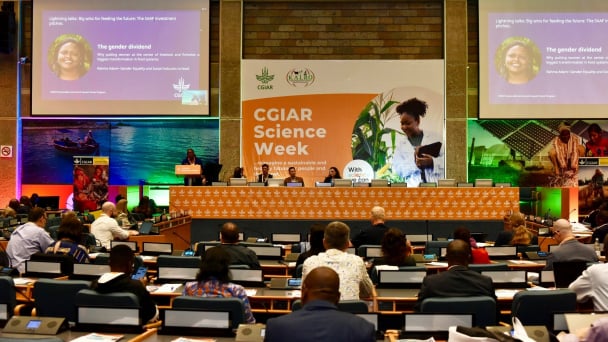
(VAN) The CGIAR’s Sustainable Animal and Aquatic Foods (SAAF) program represents a new approach that emphasizes the transformation of food systems toward sustainability.
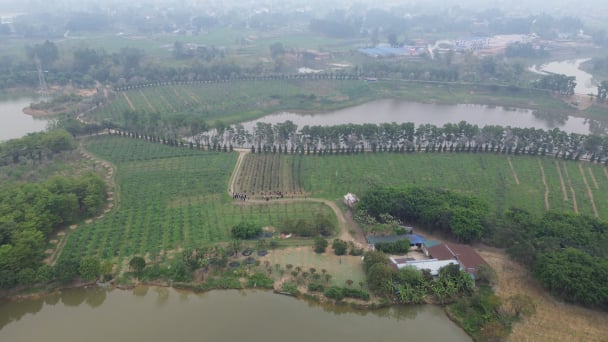
(VAN) Scientists assume that industrial agriculture has been 'outdated.' As a result, a comprehensive overhaul or a revolution in the direction of embracing ecological agriculture is needed.
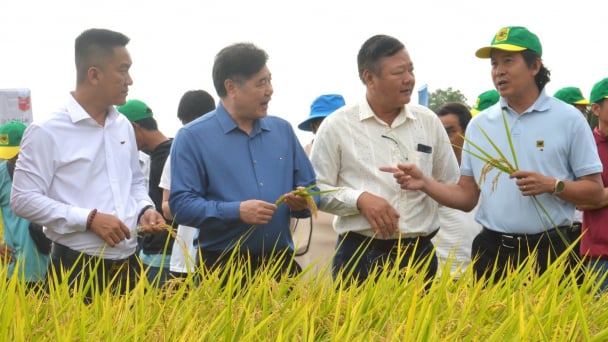
(VAN) The results from pilot fields are catalyzing the expansion of the One million hectares of high-quality, low-emission rice project in Kien Giang.
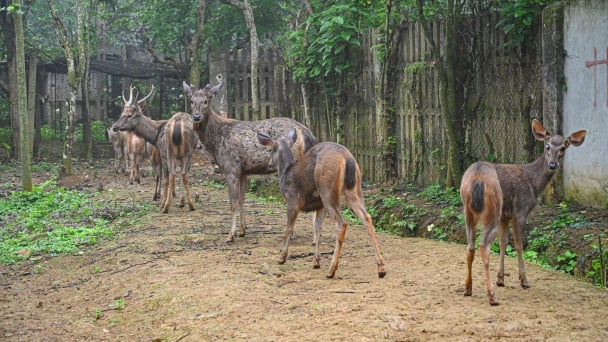
(VAN) On the morning of April 11, Cuc Phuong National Park received 18 individuals of endangered and rare wild animals from Da Nang city.
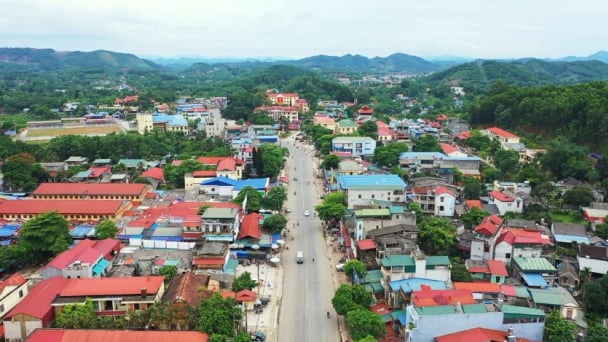
(VAN) FAO supports Vietnam in enhancing survey sampling techniques for the 2025 nationwide agricultural and rural census.
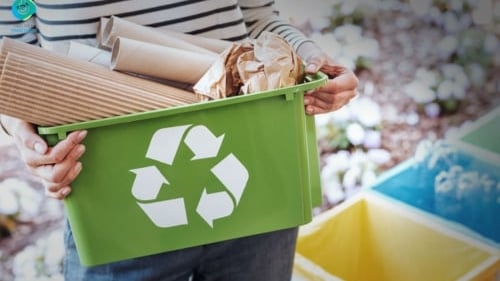
(VAN) By participating in the green transition, manufacturers become an indispensable part of the circular economy, contributing to resource optimization and environmental protection.
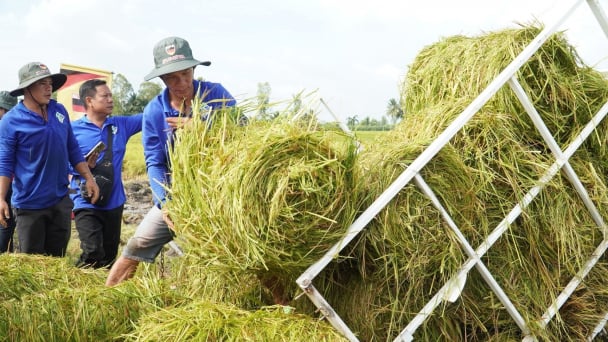
(VAN) The One Million Hectares of High-Quality and Low-Emission Rice Program can generate nearly 14 million tons of straw annually, posing an urgent requirement to diversify straw-based products.